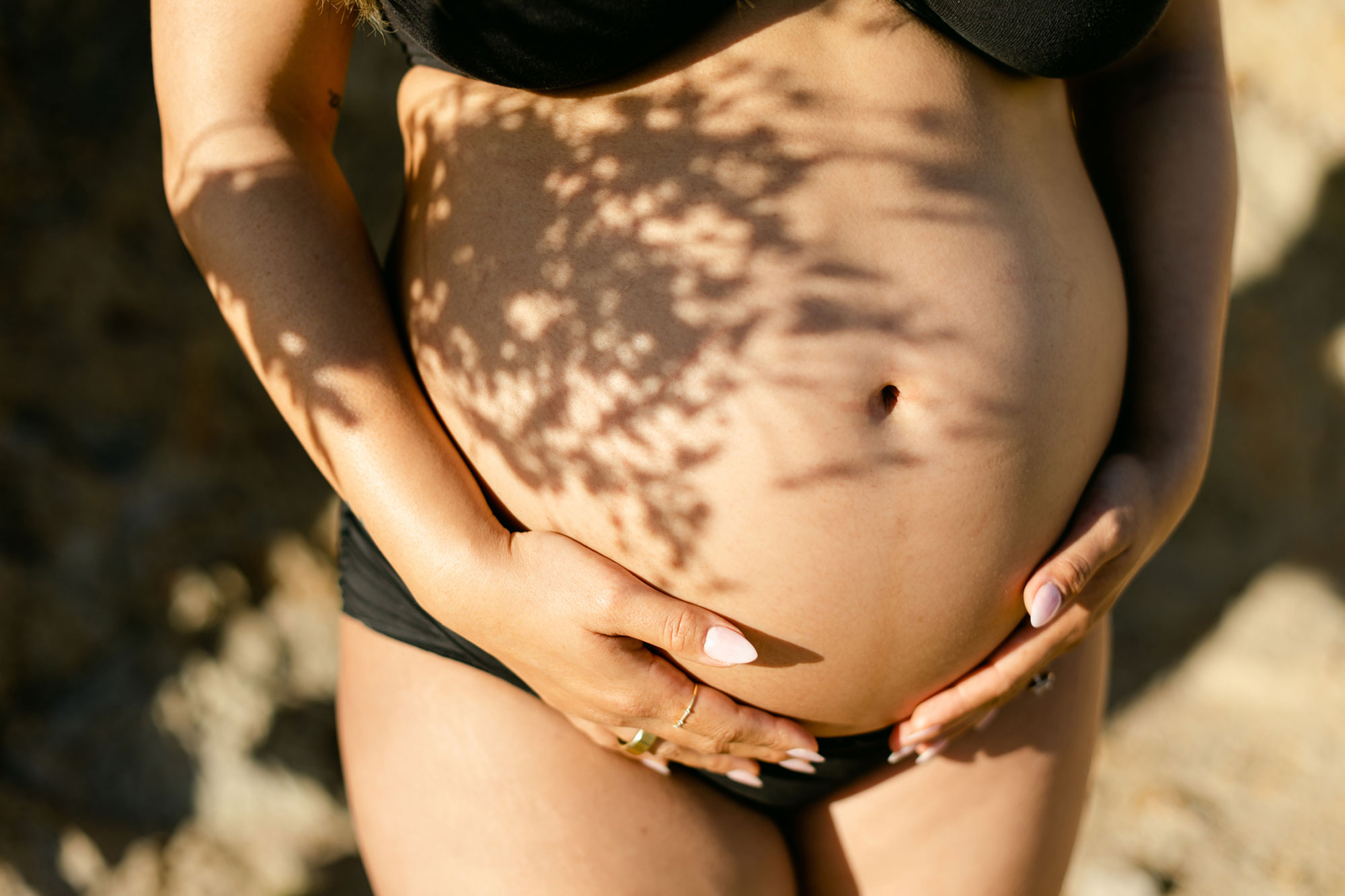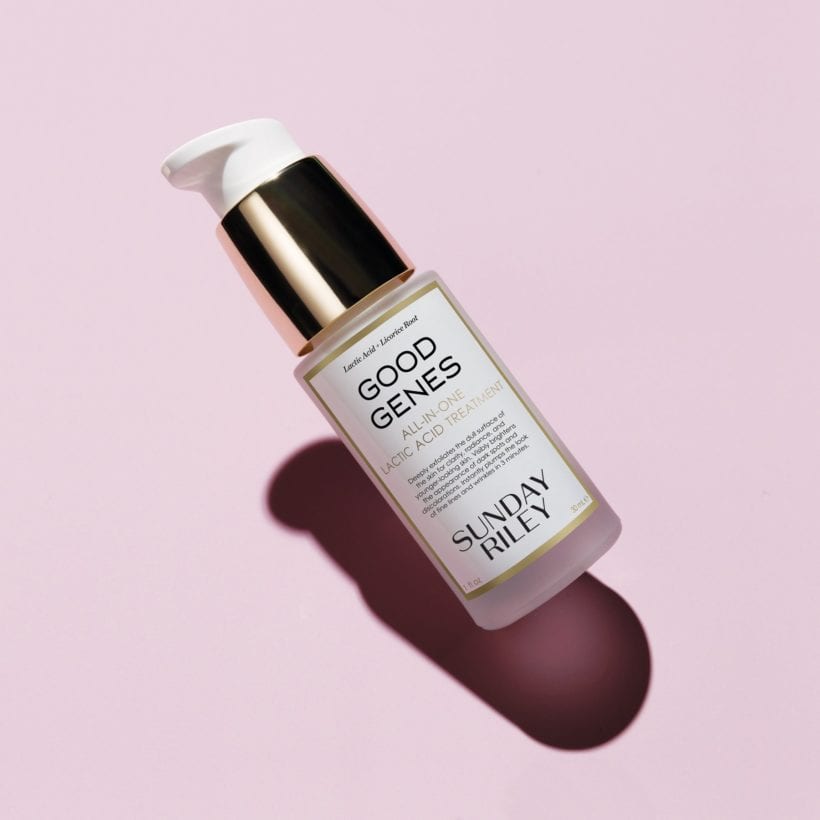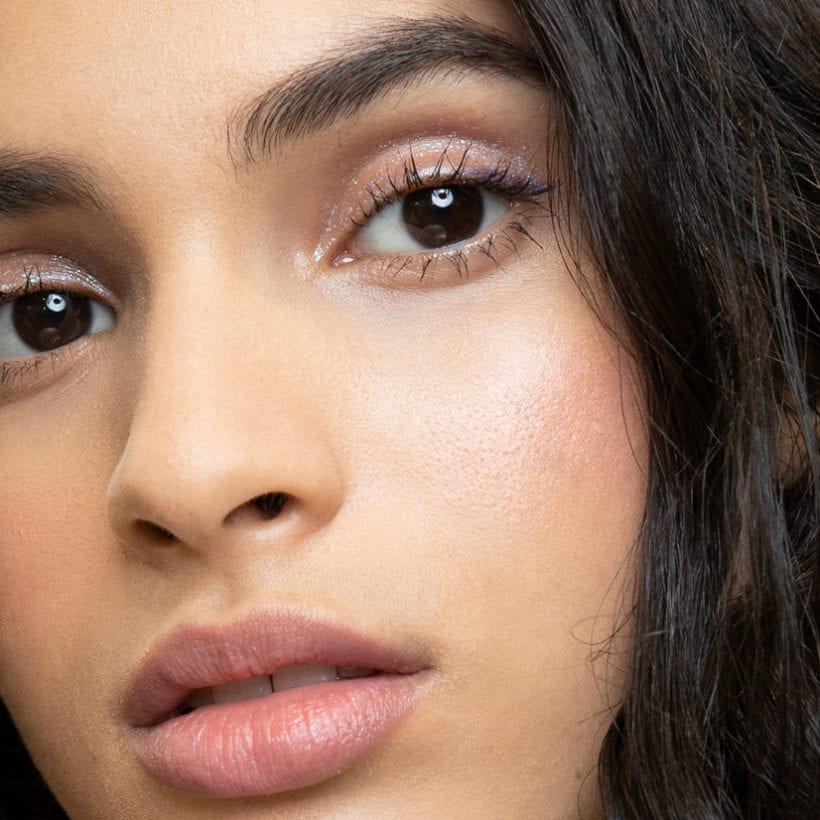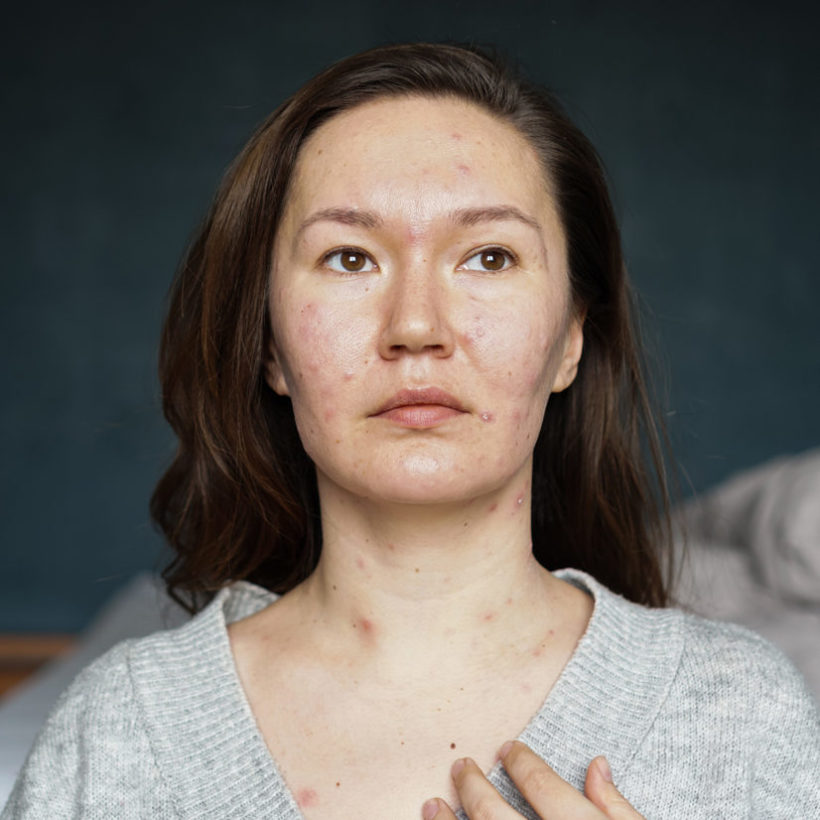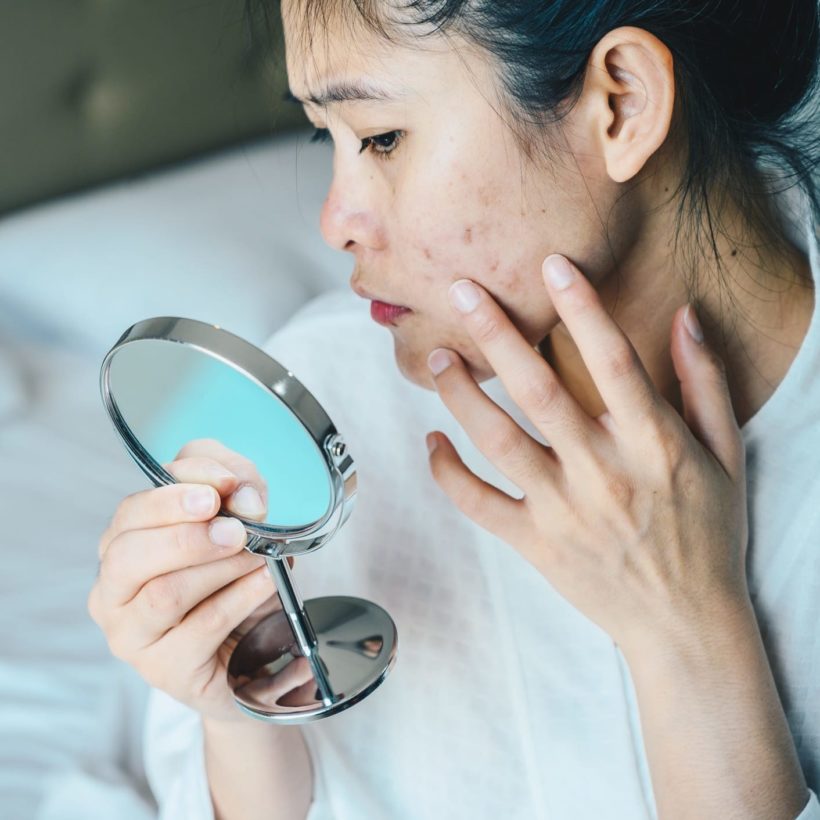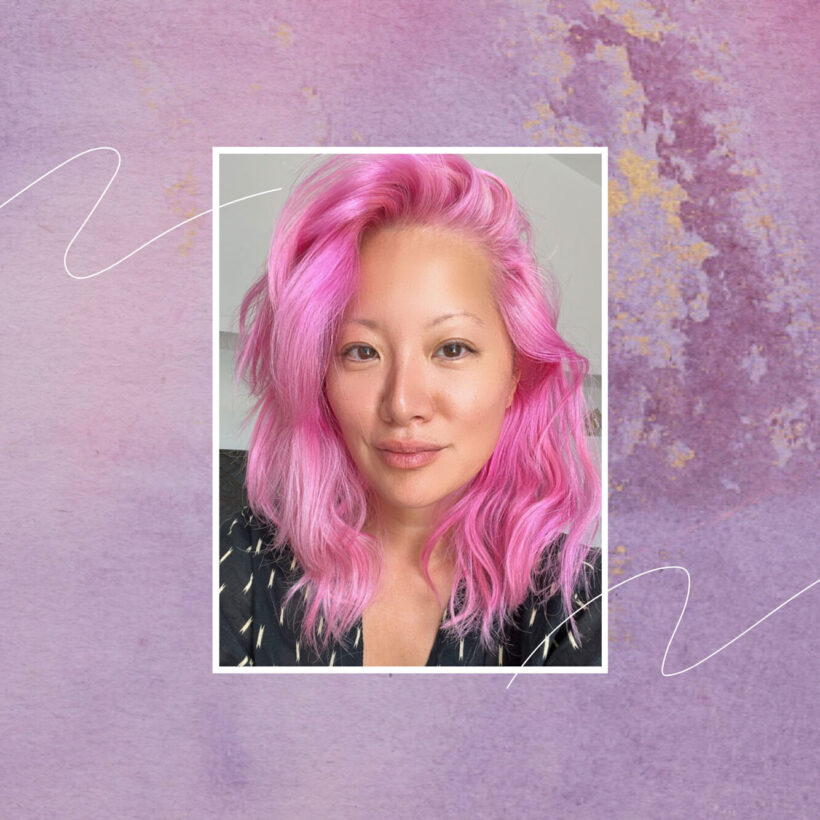Pregnancy can be a time of joy — and also a time of breakouts. Even if you don’t happen to be one of the many women who experience adult female acne, pregnancy can still trigger newfound zits, thanks to fluctuations in hormones that ultimately manifest on skin.
Making things even trickier is that acne, while difficult to treat anytime, can be especially hard to manage during pregnancy. That’s because many first-line treatments, such as retinoids, are off-limits during pregnancy due to safety concerns, and others, such as salicylic acid, can only be used at certain concentrations — and only if your doctor is okay with it, which isn’t the case for everyone. (The reason guidelines are so vague? No one will experiment with ingredients on pregnant women, since it’s not ethically sound.)
That said, there are some things you can do — and products you can use — that can help control acne. Here, we asked two dermatologists to share their best advice for getting (and maintaining) clear skin through pregnancy, breastfeeding, and beyond.
Meet the Experts
Deanne Robinson, M.D., is a dermatologist in Westport, CT.
Melanie Palm, M.D., is a dermatologist in San Diego, CA.
Why pregnancy contributes to acne
A breakout might be your first sign of pregnancy, since it happens early on. “Acne in pregnancy typically flares up around week six, when your body’s levels of progesterone begin to rise,” says Deanne Robinson, M.D., a dermatologist in Westport, CT. “Progesterone triggers an increase in the amount of sebum produced by the skin’s sebaceous glands.” That excess sebum gets trapped in the sebaceous gland at the bottom of each hair follicle — where, along with dead skin cells and bacteria, it forms a clog that becomes inflamed and creates a pimple.
While the hormonal shifts tend to level off by week 12, acne can also strike again later in pregnancy — thanks to an entirely different hormone. “Most pregnant people also notice an increase in breakouts in the third trimester as androgen hormone levels peak,” says Melanie Palm, M.D., a dermatologist in San Diego, CA. (Androgens are a type of hormone that trigger excess sebum production.) “Since your hormones continue to fluctuate into postpartum, it’s possible you’ll continue to experience breakouts shortly after giving birth.” While you can go back to retinoids and other traditional acne treatments if you’re feeding your baby formula, those who are breastfeeding are still limited in their options.
If you’ve dealt with acne pre-pregnancy, you might be predisposed to it — but it can also pop up out of nowhere. “Since hormonal fluctuations are at the root of adult female acne, those with a history of acne are more likely to experience it in pregnancy,” Dr. Palm says. “However, there are many women with clear skin who experience pesky breakouts throughout their pregnancy.”
Fortunately, you don’t have to live in harmony with your acne. Consider these steps to clear your skin while also keeping your baby safe.
How to treat acne during pregnancy
Incorporate acids
Consider using alpha hydroxy acids (or AHAs) in certain concentrations, such as glycolic acid and lactic acid. “These AHAs are considered safe in pregnancy and are effective yet gentle chemical exfoliants that help to keep dead skin cells turning over and pores clear,” says Dr. Robinson. “Look for these ingredients in a serum, face wash, or toner.” You can find lactic acid in our Sunday Riley Good Genes Lactic Acid Treatment, which pairs it with soothing aloe and other skin-brightening actives.
Speaking of: In exfoliating dead skin cells, alpha hydroxy acids can also have a brightening effect, Dr. Palm says. That may be helpful if you’re prone to post-inflammatory hyperpigmentation, a.k.a. the stubborn dark spots that often follow a zit (particularly among those with darker skin).
Keep in mind, though: Alpha hydroxy acids can make skin more sensitive to the sun — which is already risky during pregnancy, as sun exposure can contribute to melasma (a type of hyperpigmentation common during pregnancy). So, “be sure to use these in the evening and wash them in the a.m. before applying SPF,” Dr. Robinson warns.
Add azelaic
Azelaic acid in concentrations between 5% and 8% can also help mitigate acne. As with AHAs, it has mild exfoliating abilities, but this under-the-radar active can go above and beyond to tackle different factors contributing to acne. “Azelaic acid helps to unclog pores, eliminate bacteria, and reduce inflammation,” says Dr. Palm. Since clogs, bacteria, and that subsequent inflammation are the primary culprits behind a breakout, that makes azelaic acid a particularly powerful — yet totally safe — treatment.
Stay hydrated
Hyaluronic acid is best known for being an incredible humectant — which it is — but it can also help when you’re dealing with acne, too. This pregnancy-safe ingredient provides “a gentle, oil-free form of skin hydration, which is important for acne-prone skin,” says Dr. Robinson. Plus, “sebum production functions on a supply-and-demand chain, so supplementing with moisture from the outside can actually tell the sebaceous glands to produce less of its own in an effort to balance things out,” she says. Find it in Sunday Riley C.E.O. Afterglow Brightening Vitamin C Gel Cream.
Tweak your habits
When you’re dealing with excess oil, it helps to avoid inadvertently adding more oil to the equation — for instance, it can transfer from your hair or pillow onto your face while you sleep. “Try swapping over to a silk pillowcase and change it every other night, and tie your hair up with a silk scrunchie at night — keeping it away from your skin while you sleep,” says Dr. Robinson.
Avoid the sun
While staying in the shade won’t cure your pregnancy acne, it can keep it from getting worse. “The sun can drive inflammation further and worsen acne,” says Dr. Robinson, who recommends a sunscreen with at least SPF 30 (like Sunday Riley Light Hearted Broad Spectrum SPF 30 Daily Face Sunscreen) and a wide-brimmed hat. The benefit is twofold: Not only will it help with preventing acne scarring, but it can also help protect you from melasma.
Visit your derm
From manual extractions to chemical peels, certain pro-only treatments can help keep things under control. For instance, says Dr. Palm, “blue light is also safe to use in pregnancy and has been shown to improve mild to moderate acne.” Plus, a board-certified dermatologist can also prescribe pregnancy-safe topical or oral prescriptions for acne that’s especially inflammatory. If you’ve tried all of the above and don’t see an improvement, this can be a game changer.
Bottom line: While acne is typical for many during pregnancy, you don’t have to wait until your baby’s in preschool to address your skin. With these tips, you clear things up safely — and successfully.
We only recommend products we have independently researched, tested, and loved. If you purchase a product found through our links, Sunday Edit may earn an affiliate commission.
